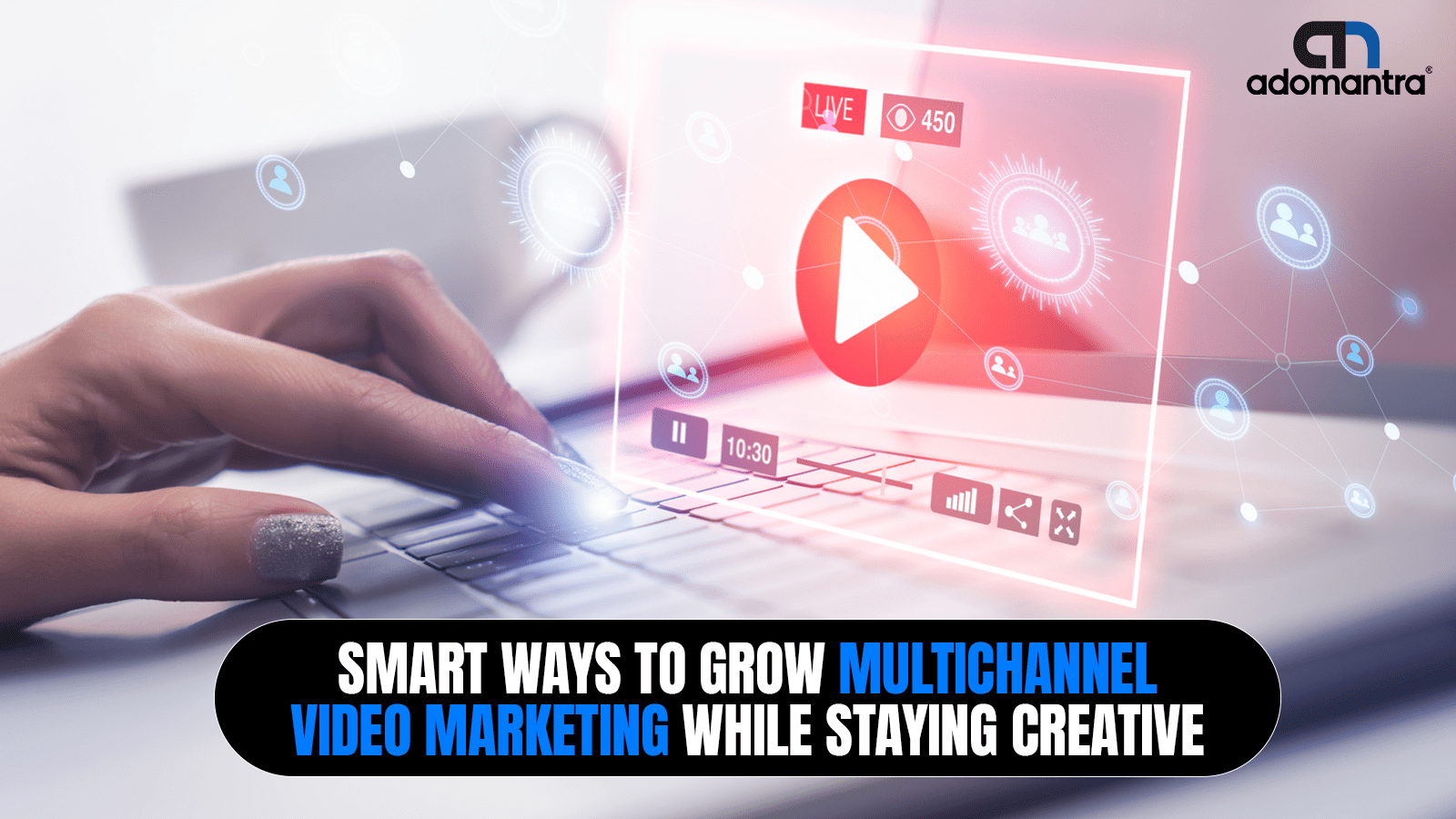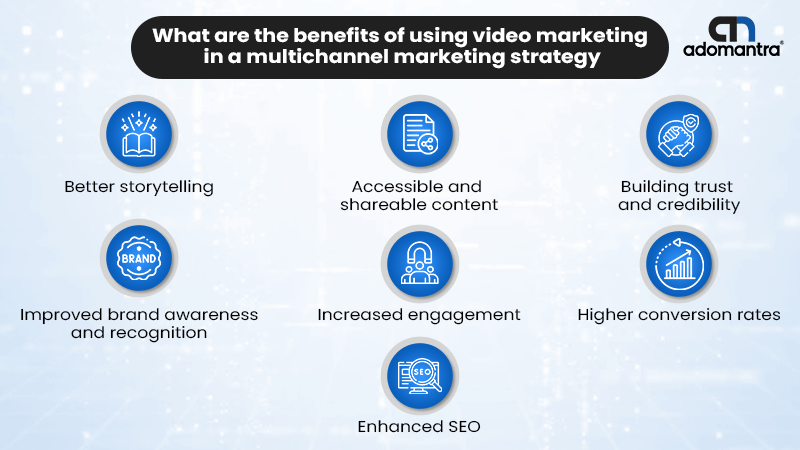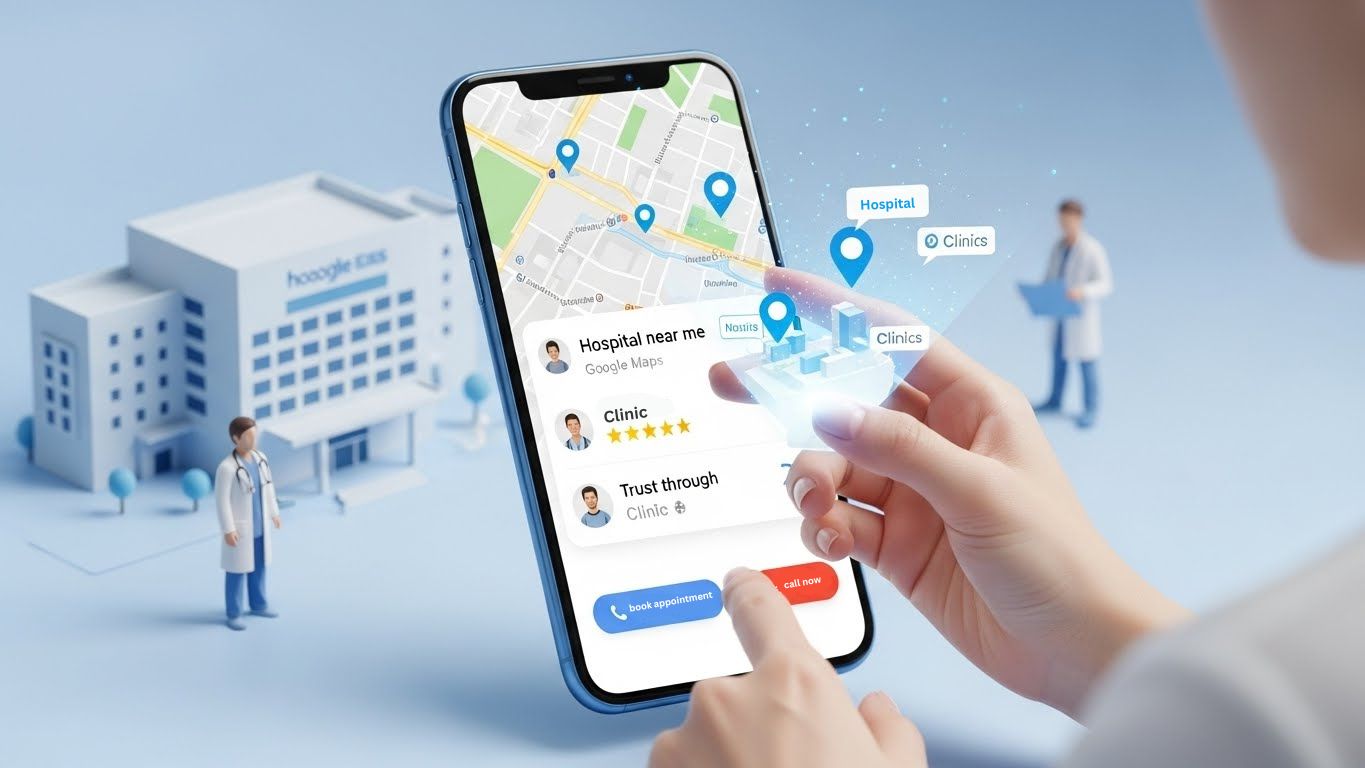
How Marketers Can Scale Multichannel Video Without Sacrificing Creativity
Most marketers face a dilemma. How do you scale your multichannel video marketing efforts while keeping your brand’s creative edge intact? The answer is not “either-or.” With the right strategy, you can do both.
Video content is already the most engaging format in digital marketing. According to Statista, online videos had an audience reach of over 92 percent among internet users worldwide. But in a multichannel world, creating unique and relevant content for each platform without burning out your resources or losing brand coherence is the real challenge.
Let’s break it down.
What Is Multichannel Video Marketing?
Multichannel video marketing means delivering video content across various platforms like YouTube, Instagram, Facebook, LinkedIn, OTT platforms, and even programmatic channels with a unified brand voice but platform-specific customization.

It is not just repurposing the same ad everywhere. Instead, it is about being present where your customers are and speaking their language.
Why it matters:
- People consume video differently across platforms. A 6-second skippable YouTube ad is not the same as a 15-second Instagram Story.
- Multichannel campaigns generate 24 percent higher ROI compared to single-channel efforts.
- Brands using platform-specific video formats experience 27 percent more engagement than those using uniform content.
Key Components of a Scalable Video Advertising Strategy
Scaling multichannel video marketing needs more than just content. It needs a solid advertising strategy:
1. Platform Intelligence
- Know the specs, behaviors, and user intent on each platform.
- For example, YouTube thrives on longer educational formats, while LinkedIn demands a professional tone with value-led messaging tailored for decision-makers.
2. Creative Modularization
- Use a base asset and build multiple versions with slight variations.
- Swap out intros, calls-to-action, music, and overlays depending on the channel and audience.
3. Automation and AI Tools
- Tools like Adobe Creative Cloud, Canva for Teams, and Frame.io help scale visuals.
- AI can generate scripts, subtitles, or even voiceovers to speed up production without compromising quality.
4. Testing and Iteration
- Multichannel does not mean one-and-done.
- Use A/B testing to tweak creative by platform. Small changes can lead to big shifts in engagement.
Strategies for Balancing Creativity and Scale
1. Personalize at Scale
- Use customer data to build video variants based on audience segments.
- For instance, use geographic cues or interests in Instagram Reels while maintaining a consistent narrative theme on YouTube.
2. Maintain Brand Guidelines Without Restriction
- Have a flexible brand toolkit such as colors, fonts, animation templates so you stay on-brand without being repetitive.
3. Use Performance Feedback Loops
- Integrate analytics directly into your creative process.
- Let engagement data from one platform inform changes across others.
Data-Backed Insights That Support Scaling
- Consumers find short form video to be 2.5x more engaging than long-form video.
- 90 percent of brands using multichannel video marketing saw increased brand recall.
- Marketers who personalize video campaigns report 3 times higher conversion rates.
These are not just numbers, they are proof that scale and creativity can co-exist.
Real-World Example
One of our enterprise clients launched a global product campaign across five channels. We helped them design six video variants per channel tailored to viewer behaviors. The result? A 52 percent boost in engagement and a 35 percent reduction in production time.
Conclusion
Scaling multichannel video marketing is not about doing more of the same. It is about doing more of what works, tailored to where your audience is. Adomantra, an ISO 9002:2015 certified digital media company, has deep expertise in helping brands navigate this space. We can help you build a smart, creative-first strategy that grows your impact across channels.
Let’s scale your brand creatively and strategically.
Frequently asked questions about multichannel video marketing
Q1. What is the biggest challenge in multichannel video marketing?
A1. The biggest challenge is balancing consistency with customization. You need to maintain brand coherence while tailoring content for each channel's audience, format, and behavior.
Q2. Can multichannel video work for smaller B2B brands?
A2. In fact, it helps smaller brands punch above their weight. With smart tools and modular content, even lean teams can produce relevant, engaging videos across platforms.
Q3. How do I measure success in multichannel video marketing?
A3. Focus on metrics by channel like watch time on YouTube, engagement on Instagram, or click-through rate on LinkedIn. Unified dashboards like Google Looker Studio can help consolidate your performance data.
Q4. Do I need different content creators for each channel?
A4. Not necessarily. What you need is a content strategy that breaks down creative into modular parts, allowing one team to generate multiple assets optimized for each platform.







